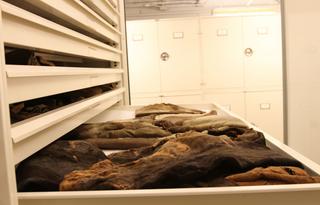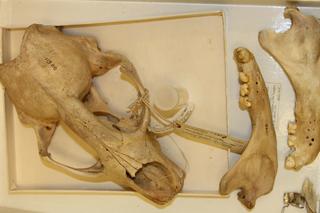
The Caribbean monk seal (Neomonachus tropicalis) was once abundant throughout the Caribbean Sea, Gulf of Mexico, and the southeast coast of North America. After the arrival of European, however, the populations of this species crashed because of overhunting and human disturbance. The species was thought to be extinct in the mid 1800’s, but one remaining population was discovered off the coast of the Yucatán in 1886. Over the next few decades, specimens were collected from this population and accessioned into museums around the United States, including the Peabody Museum at Yale and the American Museum of Natural History.
Stephen Gaughran, a graduate student in the lab, is extracting DNA from the bones and skins of these specimens in order to do whole genome sequencing and assemble the genome of this extinct species. This project is part of a larger project in the lab to understand how demographic history of a species affects the genome evolution of that species. The genome sequences of the extinct Caribbean monk seal will be compared to genomes from endangered Hawaiian monk seals and Mediterranean monk seals, as well as the abundant Weddell seals and Southern elephant seals.

